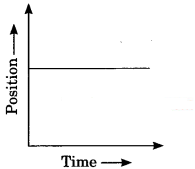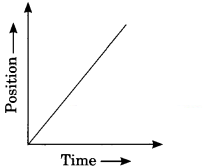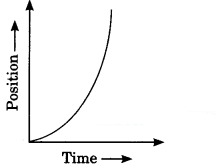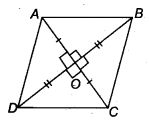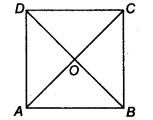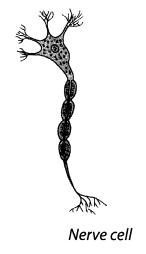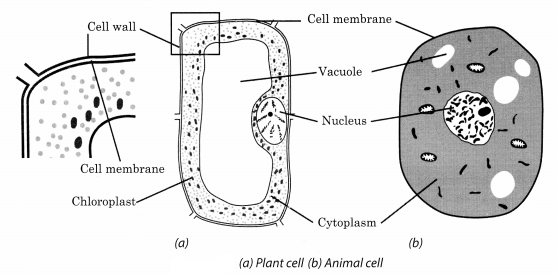EVENTS CONVENT HIGH SCHOOL
05/01/2022 CLASS- 8 SESSION 2021-22
SUBJECT :SOCIAL STUDIES
CHAPTER-8 HISTORY
INDIA AFTER INDEPENDENCE
______________________________________
Question 1.Choose the correct option.
(i) Which one is not a feature of the Indian Constitution?
(a) It adopted the universal adult franchise
(b) It gave politicians special powers
(c) It provided equality before the law to all citizens
(d) It offered special privileges for the poorest and most disadvantaged Indians
(ii) Which one is the subject of the State List?
(a) Education
(b) Defence
(c) Forests
(d) Agriculture
(iii) Who is called the father of the Indian Constitution?
(a) Mahatma Gandhi
(b) Jawaharlal Nehru
(c) Vallabhbhai Patel
(d) Bhimrao Ambedkar
(iv) The bilingual state of Bombay was divided into separate states for
(a) Marathi and Telugu speakers
(b) Marathi and Malayalam speakers
(c) Marathi and Gujarati speakers
(d) Bengali and Gujarati speakers
(v) Who was the Deputy Prime Minister of Independent India?
(a) Motilal Nehru
(b) Bhim Rao Ambedkar
(c) Vallabhbhai Patel
(d) MaulanaAzad
Answer.
(i) (b), (ii) (a), (iii) (d), (iv) (d), (v) (c).
Question 2.Fill in the blanks with appropriate words to complete each sentence.
- Prime Minister Jawaharlal Nehru was also the ………….. minister of newly independent India.
- The Bhilai steel plant was set up with the help of the former …………. in 1959.
- In 1966, the state of Punjab was divided into ………… and ……………..
- India’s population in 1947 was almost …………… million.
- Soon after Independence, India chose to grant …………… right to all its citizens regardless of gender, class or education.
Answer.
- Foreign
- Uncivilised, civilised
- Punjab, Haryana
- 345
- Voting
Question 3.State whether each of the following statements is True or False.
- The Adivasis or the Scheduled Tribes were not granted reservation in seats and jobs.
- Dr. B.R. Ambedkar belonged to a Marathi-speaking Dalit family.
- Bridges and dams became the symbol of development in free India.
- Dharavi in Gujarat is one of the world’s largest slums.
- Nehru and Patel wanted to divide the country on the basis of language.
Answer.
- False
- True
- True
- False
- False
Question 4.
Match the items given in Column A correctly with those given in Column B.
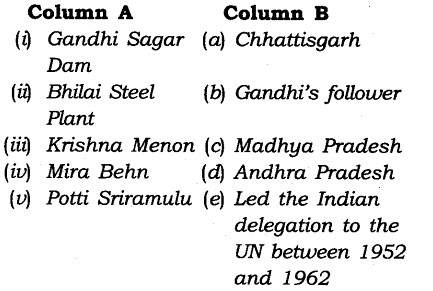
Answer.
(i) (c), (ii) (a), (iii) (e), (iv) (b), (v) (d).
Very Short Answer Type Questions
Question 1.When was the Indian Constitution adopted?
Answer.
The Indian Constitution was adopted on 26 January 1950.
Question 2.Which step has been described as revolutionary?
Answer.
All Indians above the age of 21 would be allowed to vote in state and national elections.
Question 3On what point did Nathuram Godse disagree with Gandhiji?
Answer.
Nathuram Godse disagreed with Gandhiji’s conviction that Hindus and Muslims should live together in harmony.
Question 4.Name two subjects of the State List.
Answer.
Education and health.
Question 5.Name two subjects of the Concurrent List.
Answer.
Forests and agriculture.
Short Answer Type Questions
Question 1.What created problems in unifying the people of India after it got independence?
Answer.
The points that created problems were:
- At the time of independence, India’s population was large. It was divided too. There were divisions between high castes and low castes, between the majority Hindu community and Indians who practised other faiths.
- The citizen of this country spoke different languages, wore different kinds of dresses, ate different kinds of foods, and practiced different professions.
Question 2.What was the label of development of India at the time it got inde¬pendence?
Answer.
At the time India got independence the label of its development was very low. A vast majority of Indians lived in the villages. Farmers and peasants depended on the monsoon for their survival. So did the non-farm sector of the rural economy, for if the crops failed, barbers, carpenters, weavers, and other service groups would not get paid for their services either. In the cities too the condition was not good. Factory workers usually lived in crowded slums. They had little access to education and health care.
Question 3.What special privileges were offered for the poorest and most disadvantaged Indians by the constitution?
Answer.
First of all the practice of untouchability was abolished. Hindu temples were thrown open to all including the former untouchables.
- A certain percentage of seats in legislatures as well as jobs in government were reserved for members of the lowest castes.
Long Answer Type Questions
Question 1.Give detailed descriptions of the features of the Indian Constitution.
Answer.
We have a written Constitution which was adopted on 26 January 1950.
Features:
(a) One feature of the Indian Constitution was that it adopted a universal adult franchise. All Indians above the age of 21 (now 18) would be allowed to vote in state and national elections.
(b) Our Constitution guaranteed equality before the law to all citizens, regardless of their caste or religious affiliation.
(c) The Constitution offered special privileges for the poorest and most disadvantaged Indians. The evil practice of untouchability was abolished. Hindu temples were thrown open to all, including the former untouchables. After a long debate, the Constituent Assembly also recommended that a certain percentage of seats in legislatures as well as jobs in government be reserved for members of the lowest castes, including the Adivasis.
Question 2.Give an account of the successes and failures of the country during the sixty-two years of its independence.
Answer.
Sixty-two years of independence have passed. This duration covers a long journey. A lot has been achieved during this time. But at the same time, there have been a number of failures.
Successes :
- India is still united and it is still democratic. These achievements definitely make us proud. Many foreign observers had felt that India could not survive as a single country. Others believed that it would come under military rule. Neither of these predictions proved to be true. As many as thirteen general elections have been held since independence, as well as hundreds of state and local elections.
- There is a free press and an independent judicially.
- The fact that people speak different languages or practice different faiths has not come in the way of national unity.
Failures:
- Deep divisions are still there. Despite constitutional guarantees, people belonging to the lowest castes, such as Dalits face violence and discrimination. In many parts of rural India, they are not allowed access to water sources, temples, parks, and other public places.
- The gulf between the rich and the poor has grown over the years. Some groups of people avail all facilities while many others continue to live below the poverty line.
- Our Constitution provides equality before the law but in real life, this does not happen. Some Indians are more equal than others.


